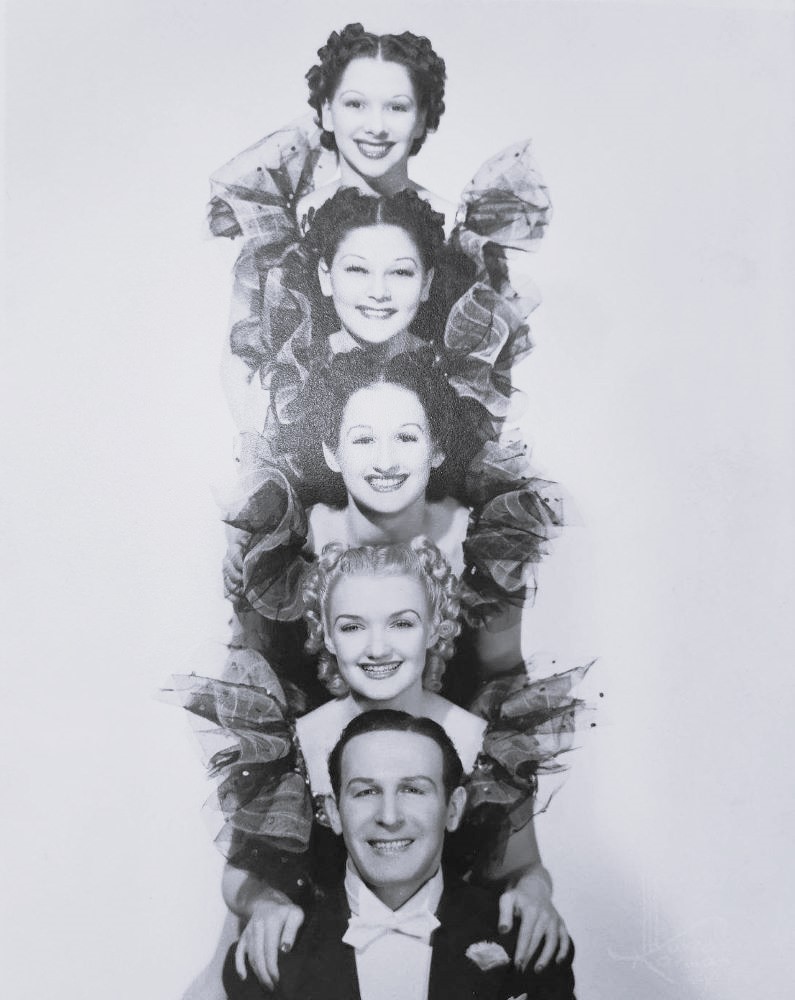Raritan's USO Entertainer during World War II
By Bruce Doorly
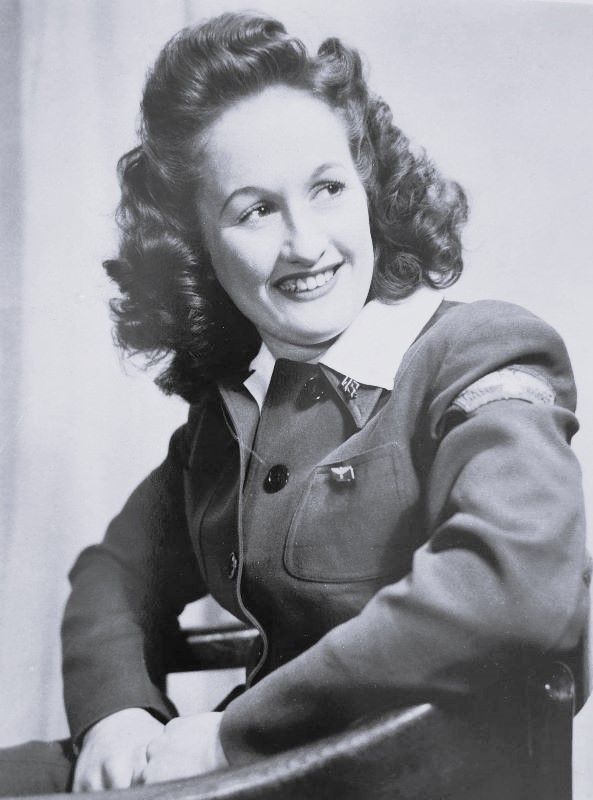
There are 830 men and 17 women. The branch of service is listed along with the name. For the men, it is Army, Navy, Air Force or Marines. For the women it is mostly WAC (Women's Army Corps) or Nurse. But one woman is listed as “USO.” It is Kaye Russell from 53 Canal Street. This article will tell of her unique contribution to the war effort.
But first, what was the USO? And what impact did it have on the troops during World War II.
During World War I the United States military recognized the need for wholesome recreational activities for the men. The activities that the men often choose during the stress of wartime were drinking (often to excess) resulting in behavior problems and visits with prostitutes resulting in widespread venereal disease.
WWI ended before any significant programs were in place, but the seed was set for the next war. With war clouds on the horizon, in February 1941, President Franklin D. Roosevelt established an organization dedicated to providing recreational services for the troops – the United Services Organization (USO).
They initially were a group of clubs where military personnel could go to relax and get free coffee, donuts, sandwiches, and soft drinks.
Not that the guys minded, as dancing with a girl in Europe during wartime was better than not seeing any girls at all – as was common during the war.
Thus, in October of 1941, a new branch called the “USO Camp Shows” was established.
Upon the U.S. entry into the war in December of 1941, the growth of the USO was exponential.
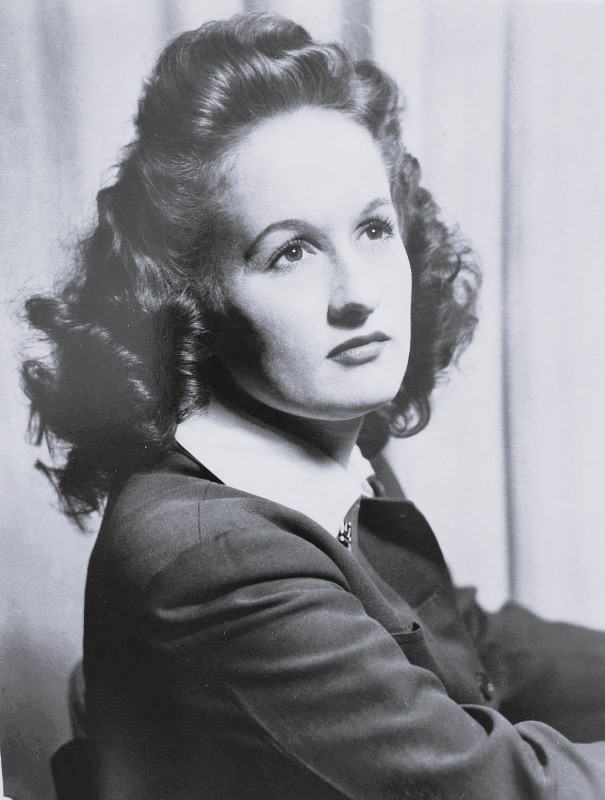
Born in 1923 in New York City, she grew up in Raritan. Service to one’s country was a family tradition as her father served in World War I with the Rainbow Division in France.
During World War II her brother Arthur served in the Navy aboard a ship known as a submarine chaser. Kaye’s talent for dance was recognized early. When she was just eight years old, she first appeared on stage at the Cort Theatre in Somerville. She left high school in her junior year to perform with a prominent nightclub act in Baltimore.
When the U.S. entered the war, she joined the USO.
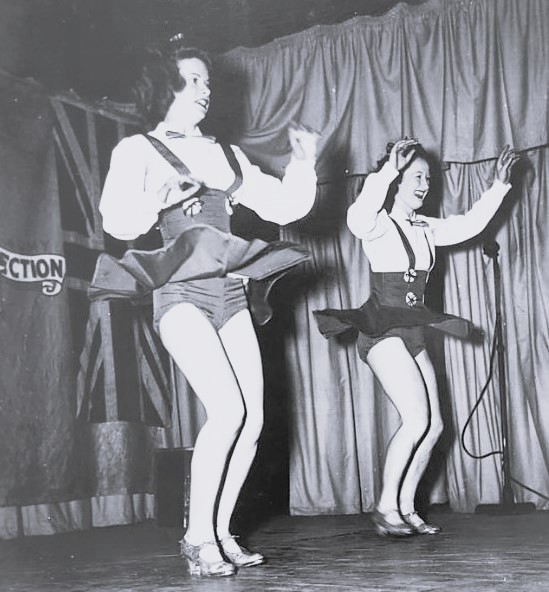
Her specific act was known as the “The Step Sisters” - a tap dance that she performed with a partner. She did as many as five shows a day. This USO group toured England — playing at air bases, hospitals, mess halls, and even in muddy fields.
Overall, in Europe, she did over one-thousand shows during the ten-month tour.
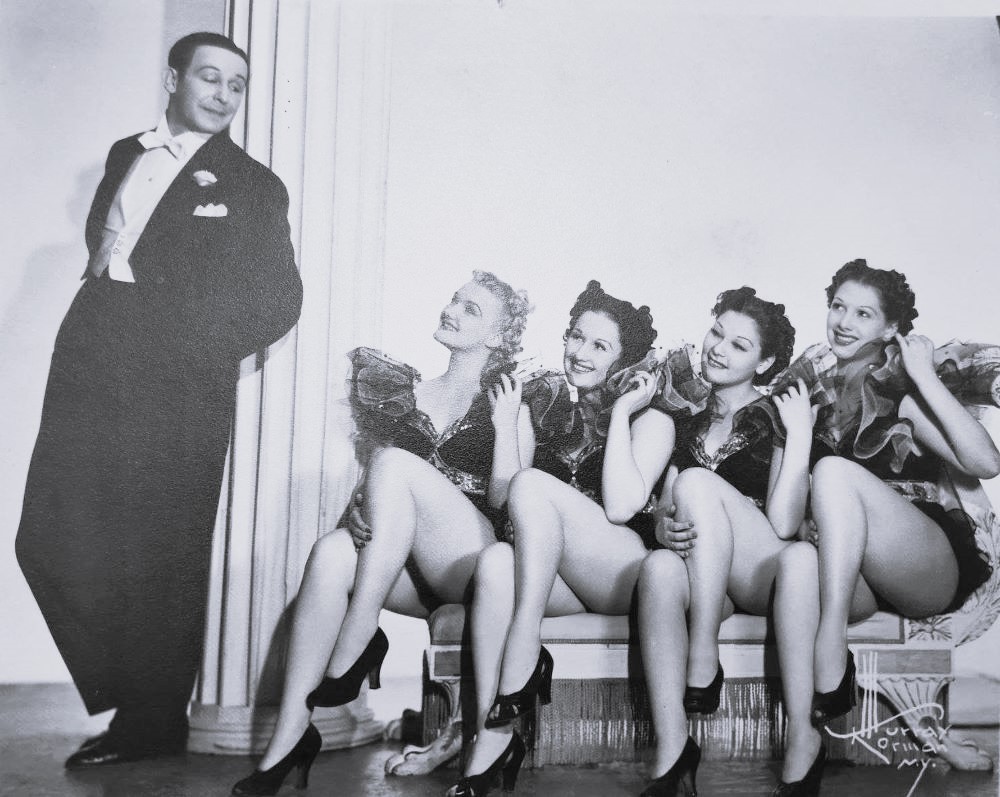
Even while not performing and staying in London she was haunted by the V1 rockets launched by Germans.
One of these bombs exploded in the backyard of a home she was staying at.
At the hospitals where she often performed, she saw firsthand the horrible results of the war. Many soldiers had serious injuries and would need major operations.
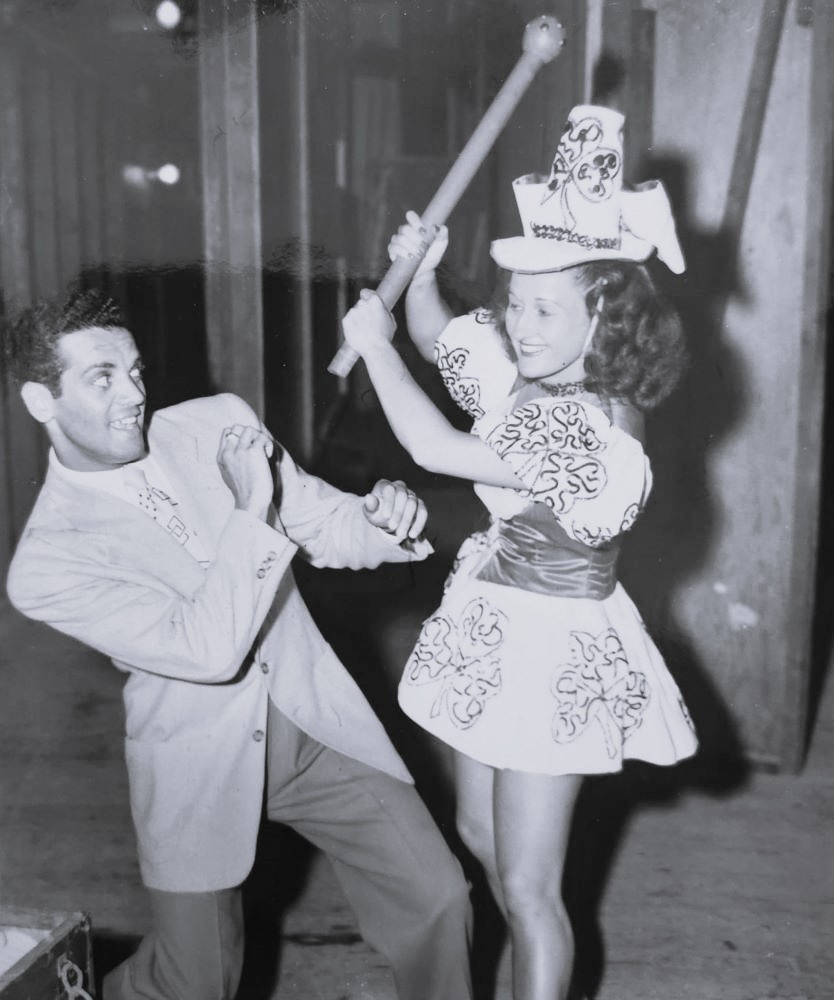
After a few months at home, with WWII still raging, Kaye Russell returned to entertain the troops. This time she would tour throughout the Pacific Theatre of war. This is where she met her future husband Neal Shier, who was also an entertainer (an impressionist) with the USO. Together they traveled throughout the Pacific to perform for the troops. Not only did they entertain, but often visited with the injured men in the hospital.

Stating “The boys are grateful just to see and speak to American girls. They crowd around us after each performance and ask questions just to hear us talk in our good-old American style.”
She said one of the biggest thrills was meeting boys from her part of the country back home. Overseas she would meet two Raritan men—John Cox and Allen Tonkin.
talk to an American Girl
In the history books and on surviving videos about the USO, well known entertainers such as Bob Hope are featured. But one radio announcer summed up the role that the non-famous USO entertainers played during wartime to the stressed-out homesick men on the front-lines:
“They might not be the biggest names in show business back home, but they are headliners here, and if you could see the faces of the GIs watching their performance, you would see why.”
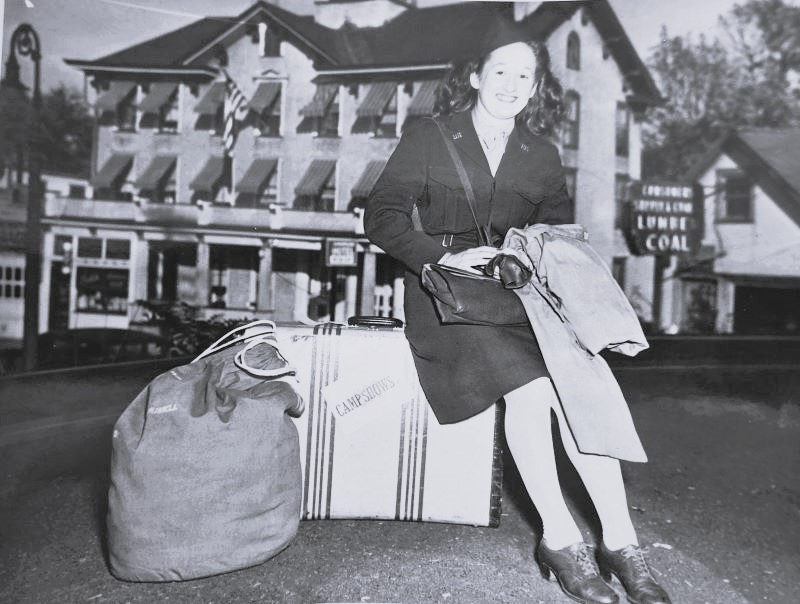
Following the war, Kaye and Neal married in 1946. After a few years they settled in Bloomfield where they remained for decades.
Throughout her life she maintained a passion for dance and a commitment to community. She choreographed and directed productions to raise funds for charitable organizations. She applied her background in music and dance to pioneer the use of dance therapy to help speech and hearing-impaired children. She later owned and operated several dance studios in New Jersey. One dance company that she started, the "Happy Hoofers", was unique in that it was for professional middle-aged women.
Kaye Russell Shier died in 2010.
